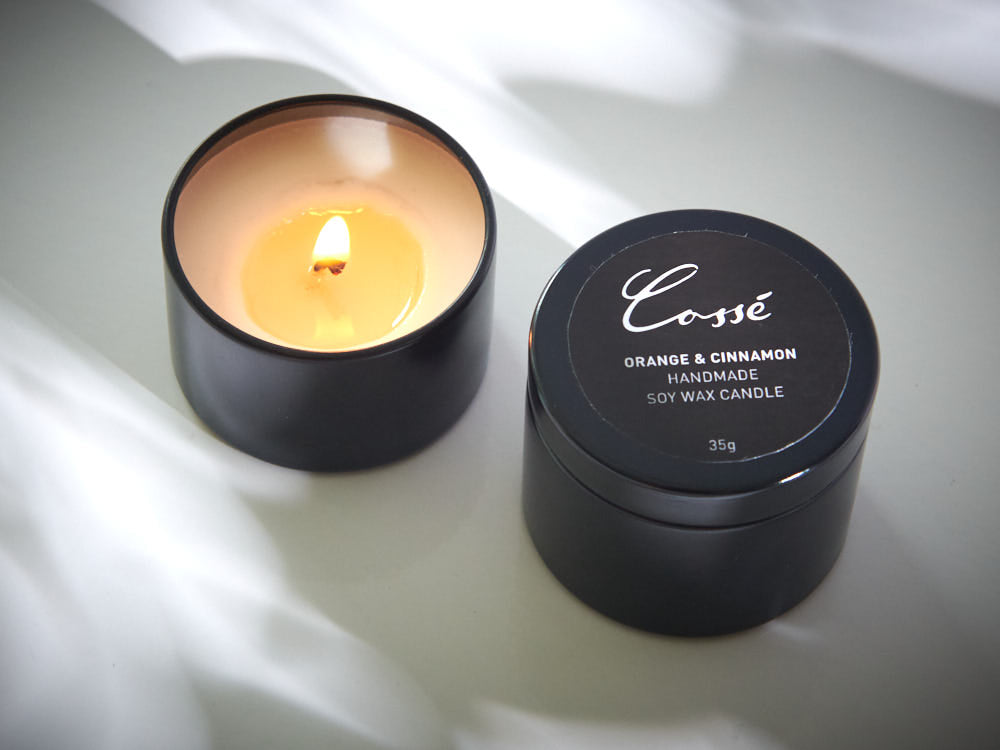Transform Your Home with Eco-Friendly Soy Candles and Home Fragrance
Transform Your Home with Eco-Friendly Soy Candles and Home Fragrance
Blog Article
From Wick to Wax: Understanding the Chemistry Behind Soy Wax Candles and Their Environmental Impact
As we illuminate our rooms with the cozy glow of candles, there lies a realm of complex chemistry behind the relatively basic act of lighting a soy wax candle. Join us as we unravel the scientific ins and outs behind soy wax candle lights and discover their ramifications on our setting.
Soy Wax Vs. Paraffin Wax
When comparing soy wax and paraffin wax for candle making, it is important to recognize the distinctive features and advantages of each material. Soy wax is a natural, sustainable source originated from soybean oil, making it eco-friendly and biodegradable - soy wax candles. On the other hand, paraffin wax is a by-product of petroleum refining, which elevates issues concerning its environmental effect and sustainability
Soy wax candle lights shed cleaner and emit less residue contrasted to paraffin wax candles, making them a healthier selection for indoor air quality. Additionally, soy wax has a lower melting point, permitting a longer-lasting candle light that disperses scent more successfully. Paraffin wax, on the other hand, tends to shed faster and less cleanly, potentially launching harmful chemicals right into the air.
From a sustainability perspective, soy wax is favored for its biodegradability and sustainable sourcing, aligning with the expanding consumer preference for environmentally conscious products. While paraffin wax has actually been a typical option in candle making because of its affordability and simplicity of use, the change in the direction of environment-friendly choices like soy wax is obtaining energy in the market.
Chemical Composition of Soy Wax

Combustion Process in Soy Candles
The chemical composition of soy wax directly influences the combustion procedure in soy candles, influencing factors such as burn time, scent launch, and ecological impact. When a soy candle is lit, the warm from the flame melts the wax near the wick. This fluid wax is after that formulated the wick because of capillary activity. As the fluid wax gets to the fire, it undergoes and evaporates combustion. The combustion process includes the vaporized hydrocarbons in the wax responding with oxygen in the air to generate heat, light, water vapor, and co2.
The combustion performance of soy candle lights is affected by the pureness of the soy wax and the top quality of the wick. In addition, soy wax candles have a lower environmental influence contrasted to paraffin candle lights due to their naturally degradable and eco-friendly nature.

Environmental Advantages of Soy Wax

Taken into consideration a sustainable option to conventional paraffin wax, soy wax offers noteworthy environmental benefits that make it a preferred option amongst eco-conscious customers. One substantial benefit of soy wax is its sustainable sourcing. Soy wax is acquired from soybean oil, which is mainly grown in the USA. The farming of soybeans aids support regional farmers and decreases the dependence on non-renewable fossil fuels made use of in paraffin wax manufacturing. Furthermore, soy wax is biodegradable, meaning it damages down naturally without releasing hazardous toxic substances right into the setting. This characteristic makes soy wax candles an extra eco-friendly alternative compared to paraffin wax candle lights, which are made from oil, a non-renewable source. Soy wax burns cleaner and produces less residue than paraffin wax, contributing to better interior air quality and minimizing the need for cleansing and upkeep. Generally, the environmental advantages of soy wax line up with the expanding need for environmentally friendly and sustainable products out there.
Recycling and Disposal Considerations
Recycling and proper disposal of soy wax candle lights play an essential role in keeping ecological sustainability and minimizing waste in families and communities. When it comes to reusing soy wax candle lights, the first step is to make certain that the candle light has melted completely.

In terms of disposal, if recycling is not a choice, soy wax candle lights are biodegradable and can be safely disposed of home fragrance in a lot of home waste systems. Nonetheless, it is always advised to check with local recycling centers or waste management solutions for certain guidelines on candle disposal to ensure correct handling and ecological defense.
Final Thought
In conclusion, the chemistry behind soy wax candles exposes their environmental advantages over paraffin wax candles. Soy wax, derived from soybean oil, burns cleaner and creates much less residue when contrasted to paraffin wax.
When comparing soy wax and paraffin wax for candle making, it is essential to comprehend the unique characteristics and benefits of each product (soy wax candles).Soy wax candle lights shed cleaner and send out less soot compared to paraffin wax candles, making them a healthier choice for indoor air high quality.Thought about a lasting option to conventional paraffin wax, soy wax provides notable environmental benefits that make it a preferred option among eco-conscious customers. Soy wax burns cleaner and generates much less residue than paraffin wax, contributing to far better indoor air quality and decreasing the demand for cleansing and upkeep.In verdict, the chemistry behind soy wax candle lights discloses their ecological advantages over paraffin wax candles
Report this page